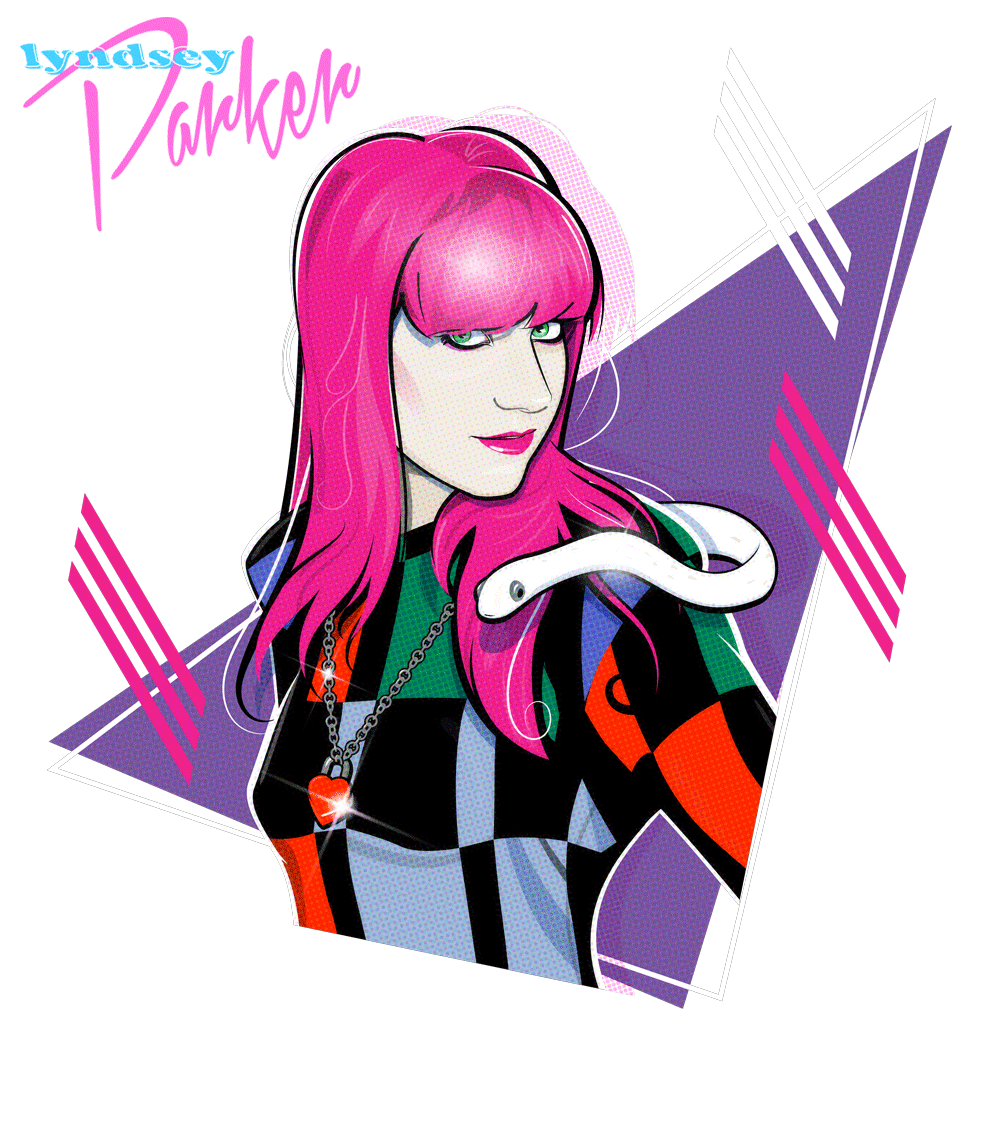Mark Ronson’s just-released fourth album, Uptown Special, is a rarity in this singles-driven age: It’s impeccably sequenced. From the Ronson-described “amazing signature harmonica tone,” played by none other than Stevie Wonder, that opens and closes the album; to the funky build-up of the Mystikal-assisted sweaty party song “Feel Right,” the smash-hit Bruno Mars jam “Uptown Funk,” and the Chaka Khan-reminiscent dance workout “I Can’t Lose” (featuring Southern newcomer Keyone Starr); to the slinky comedown track “Daffodils” (featuring Tame Impala’s Kevin Parker), the album is meant to be enjoyed from start to finish. It’s the soundtrack to a Saturday night in the spot, to quote the above-mentioned Bruno, and its seamless sequencing is a testament to producer Ronson’s DJ skills.
“I started DJing in New York in the mid-’90s,” recalls Ronson, whose underrated first album, Here Comes the Fuzz, came out in 2003. “It was a great time to be DJing, especially in New York, because you had Wu-Tang’s first record, Biggie, A Tribe Called Quest, Jay Z’s first couple of albums. It was such an exciting time for New York and music. And obviously there was great music coming from everywhere — there was obviously Dre, Snoop, and all that stuff. The club scene that I was playing was the downtown hip-hop scene. It wasn’t quite like the Roxy in the ’80s with Blondie and Afrika Bambaataa, but it was definitely this amazing mix of people: artists, skateboarders, drug dealers, gangsters. Just kind of a mix of everything. New York has a such a great lineage of that scene, especially of DJs, from Stretch Armstrong back to Jellybean [Benitez].”
Ronson is known for his eclectic musical tastes (“everything from Public Enemy to Arcade Fire”), enlisting rappers like Ghostface Killah and Nate Dogg for Here Comes the Fuzz, Amy Winehouse and Lily Allen for his more indie-centric covers album Version, and going back to the ’80s with Simon Le Bon, Boy George, and Q-Tip for his last release, Record Collection. And everything he needed to know, he learned in the NYC club scene. “It was a great sort of training ground. It was almost like you’re just kind of [thrown] into the fire. I kind of learned everything,” he says. “It informed everything about music, from learning about old-school R&B and classics, to hip-hop, to reggae, to house. You had to know all of those things pretty well to really play in that scene.”
While Ronson focuses on playing with a live band these days, he still knows what makes a great DJ set. “I think the most important thing for any DJ is probably selection, because if you have all the skills in the world but you’re playing terrible music, it doesn’t matter,” he says. “My favorite DJs, in the era that I come from, had be really good in both departments: You had to have great selection, taste, and you also had to cut, mix, blend. I think it’s a combination of good taste and knowing the crowd, feeling the crowd. [You can’t be] just in your laptop, not looking up or whatever. There’s all these things that go into it. It is a great feeling when you do get a great crowd. You’re giving them something and you’re getting it back. I can still remember in a nightclub in the Lower East Side, the first time playing Busta Rhymes’s ‘Put Your Hands Where My Eyes Can See’; when that record dropped, the collective whoosh you felt in crowd. It almost felt like a gust of wind. There’s something about that. It’s hard to describe, but that collective feeling of 300 people just losing their s—- to something at the same time is pretty great.”
A lot has changed since Ronson’s DJ days — “DJing is almost on a ridiculous WWF level of explosions, LEDs, and all this stuff. How much bigger can it get?” he muses — but while many veteran DJs are now headlining glitzy Vegas superclubs, Ronson is instead being heralded as a savior of analog music, bringing back the funky-and-still-fresh sounds of Prince, Morris Day & The Time, and even surprise 2015 Coachella performers Steely Dan. But Ronson balks at the idea that he’s at the forefront of some sort of revivalist movement.
“I think it would be great if [‘Uptown Funk’] kind of inspired or encouraged more to people to make dance music with instruments,” he says of that single’s massive success, “but we didn’t really have like a manifesto, like, ‘We’re going to bring this sound back!’ We’re just doing what we love… I would say, in the history of music, 80 percent of our favorite dance music was actually played by musicians, even if it was to a click [track] or whatever. It’s only in the past 10 to 15 years that music has gotten super-computerized.
“I think there’s kind of room for it all. I think when [Daft Punk’s] ‘Get Lucky’ came out, everyone was like, ‘This is going to be great, this is going to be a return to this kind of [disco] music!’ But it didn’t really happen. I just think it’s nice to be able to show kids, ‘Hey, it’s fun to pick up instruments and play.’”
Follow Lyndsey on Twitter, Instagram, Facebook, Google+, Amazon, Tumblr, Vine, Spotify
This article originally ran on Yahoo Music.







